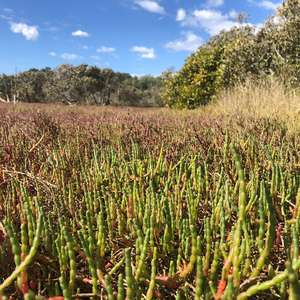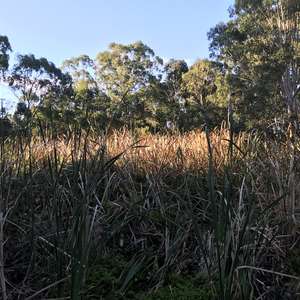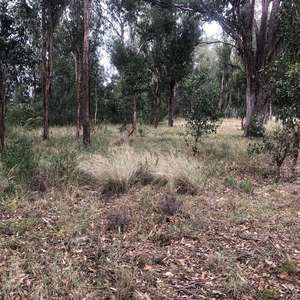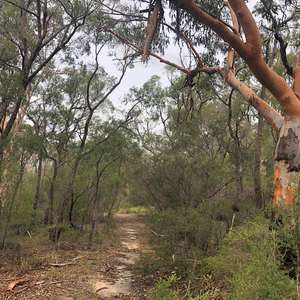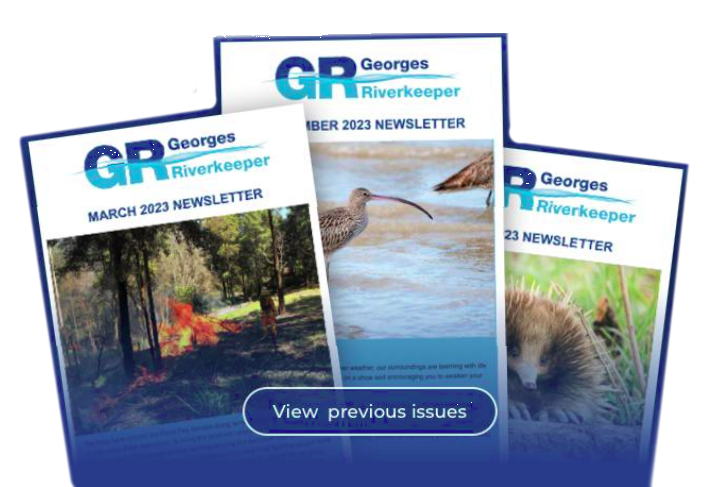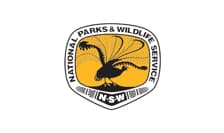The Georges River flows through a very varied landscape from the almost fully-urbanised lower coastal reaches through to the steep-sided, heavily-wooded upper reaches near Appin. Vegetation communities in the catchment are primarily influenced by the distribution of shale (Cumberland Plain) and sandstone (Woronora Plateau) geologies. Many of these communities have been listed under the NSW Threatened Species Conservation Act (1995), particularly those communities located on the Cumberland Plain.
The vegetation of the Georges River catchment can be grouped into the following categories based on their underlying soils:
- Shale communities - Frequently dominated by Eucalyptus moluccana, Eucalyptus tereticornis, Eucalyptus saligna, Eucalyptus pilularis and Eucalyptus crebra. A good example of a shale community can be found at Lansdowne.
- Shale/sandstone transitional communities - dominated by Eucalyptus punctata, Eucalyptus fibrosa, Eucalyptus paniculata, Angophora bakeri and Melaleuca nodosa. Some examples of shale/sandstone transition communities can be seen at Ingleburn and Minto Heights in the upper reaches of the Georges River Catchment.
- Communities on Tertiary Alluvium - dominated by Eucalyptus moluccana, Eucalyptus fibrosa, Eucalyptus longifolia, Eucalyptus eugenioides and Melaleuca nodosa.
- Riparian communities - dominated by Casuarina glauca, Angophora floribunda, Eucalyptus amplifolia, Eucalyptus botryoides, and various Melaleuca spp. A good example of a riparian community can be found at Deepwater Park.
- Sandstone communities - dominated by Angophora costata, Eucalyptus piperita, Corymbia gummifera, and Eucalyptus sclerophylla, and Banksia serrata. A good example of a sandstone community can be found in the Georges River National Park.
- Estuarine communities - These include mangrove and Salt Marsh communities. Dominated by Avicennia marina, and Sarcocornia quinqueflora. Excellent mangrove and salt marsh ecosystems can be found right along the lower reaches of the river to Botany Bay.
- Freshwater Communities - Melaleuca linariifolia, Melaleuca. styphelioides and Casuarina glauca, and ground species including Juncus usitatus and Persicaria spp are dominant in occasionally inundated areas, with Eleocharis sphacelata and Ludwigia peploides in permanent wetlands. Some good examples can be found around Voyager Point and Hammondville.
Vegetation communities can be found on our maps!
Looking to find out where specific vegetation communities appear in the Georges River catchment? Go to our map and tick the + symbol next to the 'Scientific Management' layer. This will open up the options to see 'Ecological Communities'.

